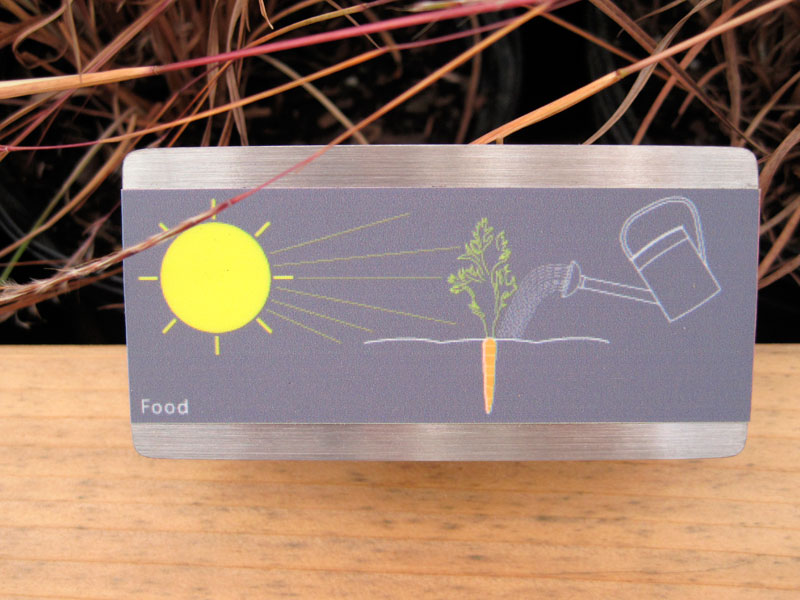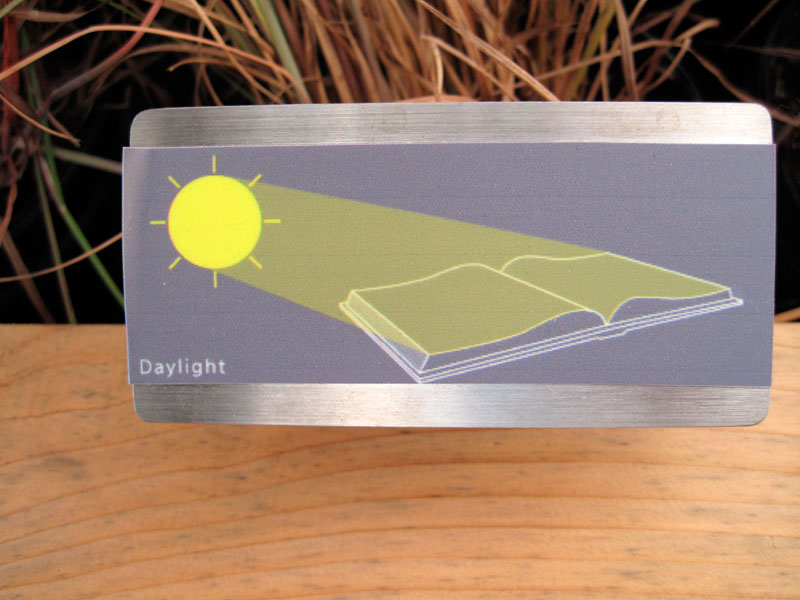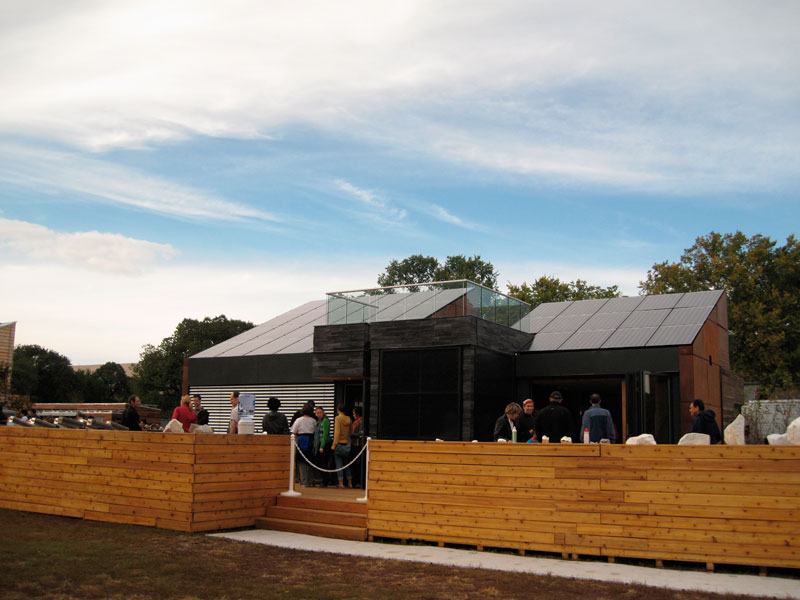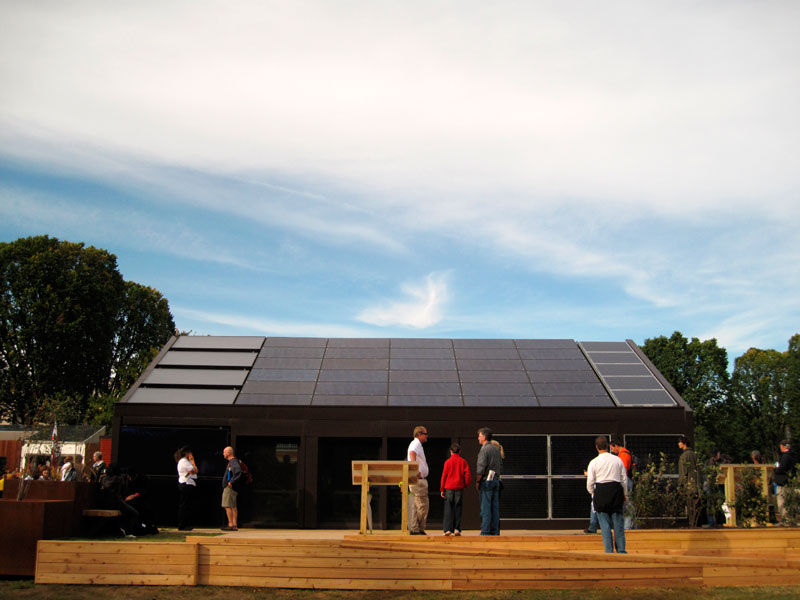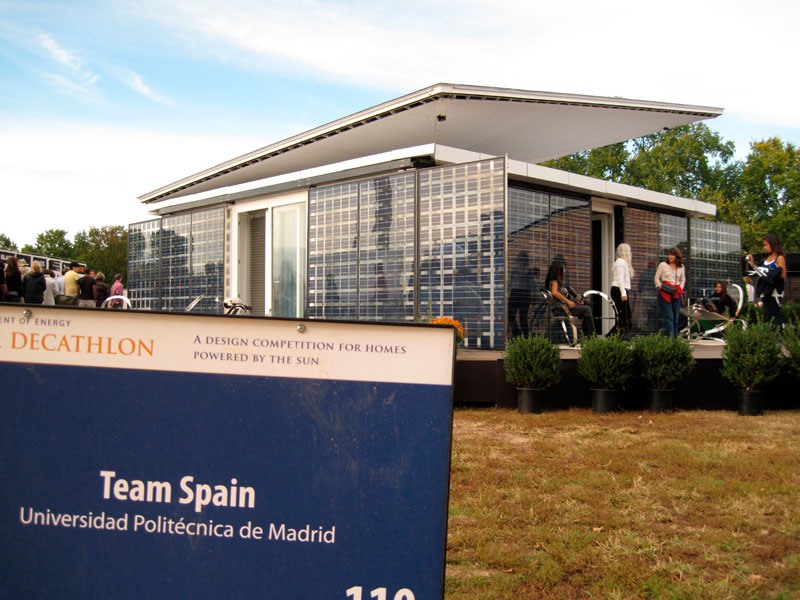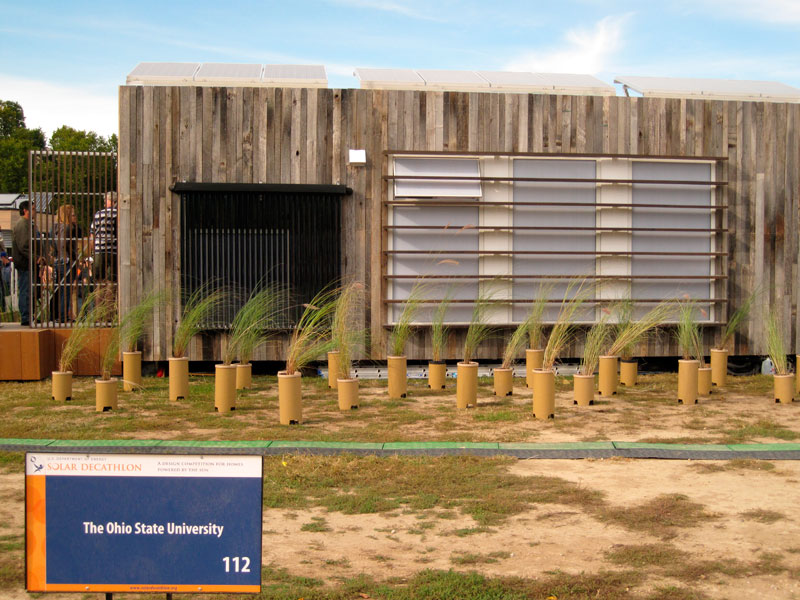 Holiday shopping. I know, right- but the holidays are less than 2 months away. Less than 2 months. Here is my round-up of socially conscious gifting suggestions:
Holiday shopping. I know, right- but the holidays are less than 2 months away. Less than 2 months. Here is my round-up of socially conscious gifting suggestions:Donations: I put this first, because the absolute best gift you can give is to your community. Nonprofit organizations have been hit hard by the recession- many states have cut nonprofit services from their budgets and organizations are scrambling to make ends meet. Organizations have also seen their endowments suddenly shrink drastically, and large corporate donations dry up. Domestic Violence shelters are closing all over California and one local museum has recently shut its doors. Many small organizations are one payroll away from closing. We depend so much on these organizations; they are the backbone of American society and losing them is devastating.
What I love about giving donations as gifts, is that you can make it extremely personal to the recipient by donating to a cause which has touched their lives. From breast cancer, to domestic violence, to youth sports, to girl scouts, and so on. Does your recipient love animals? Give to a local shelter. Do they get angry about trash on the beach? Etc. This also goes both ways- find an organization you care about and ask that in lieu of gifts, you want donations. Send your holiday cards out early and specify, or send a mass email. You can avoid the unfortunate trinket and make a real difference. It is also a huge relief for people who might stress over finding the perfect gift, plus they can give one gift donation as a family gift* and feel good about themselves in the process.
Many charities will send out holiday cards announcing the gift to the recipient [less work for you!]- check the website or call for more information. A great place to source out different charities is on Guidestar. Though I would recommend going directly to the organization’s website to donate. Also, most donations are 100% tax deductable for the purchaser.
Memberships*: Museums, zoos, botanical gardens, aquariums, public radio, etc. These are donations with benefits. Not only can you donate to the organization, but the recipient can benefit for the entire year. Many membership driven organizations have holiday specials with gift-boxes that come with the membership. Double check that the organization is a 501(c)(3) [licensed nonprofit through the federal government] to ensure that your member fees go back to the organization. You can do this through Guidestar or call directly and ask. Again, most memberships are 75-100% tax deductable.
I am extremely wary of any shopping sites that donate a percentage of your purchase to a cause of your choice, along with “Shop [insert colour here]” promotions since these often only donate a percentage of a penny on the dollar and have low to zero accountability. These tend to be marketing tools, rather that organizational support- see Think Before You Pink for more information on "pink-washing". You are better off making a direct donation.

Locally owned businesses**: Small businesses can do 50-75% of their sales during the 4th quarter. If they have slow sales during the holidays, it can be financially disastrous to someone who has dedicated themselves to their store. By shopping at local businesses, you not only support the store, but the community benefits. “For every $100 spent in locally owned independent stores, $68 returns to the community…in a national chain store, only $43 stays here” Visit 3/50 Project for more information on why you should support local businesses.
Gifts of service: Can you babysit? Can you make an amazing dinner? Carwash? Massage? Closet organization? Remodeling? House painting? Etc. Do you have time or a skill you can offer? For my baby shower, my best friend’s mom, who is a lactation consultant, gave me a free session. It was something I didn’t know I needed [it’s just breastfeeding- how hard can it be? Yeah right.], and made such a huge difference when it came to nursing my child. My daughter & I got a perfect latch immediately, and she had regained her birth weight less than 5 days after birth. I contribute my ease in nursing almost completely to that consultation. Of any gift, that had the biggest impact.
Print up a coupon or certificate and you might change someone’s life, or at least give them a much needed break.
Buying Handmade: Shop etsy. Or a favourite BigCartel shop. Or Supermarket. And in DaWanda in Europe. In November & early December there are usually a ton of craft shows & trunk shows. If you like a local artist, sign up for their mailing list to see any upcoming events. If you live near a Renegrade Craft Fair, go! And if you are in LA, shop at Unique LA. You directly support the artist who loves doing what they do and you show, with your dollars, how important art and crafts are to you.
DIY: Made with love by you. What can be better? With so much commercialization and cheap production, a hand knitted hat carries that much more meaning. Do what you know, or learn a new skill. Whipup.net has fantastic roundups of online tutorials. Work from your stash, or reuse materials to make your items as green as possible. If you plan to make your gifts, start now [2 months- remember!]. If you run out of steam, gift a card with a sample [piece of yarn, drawing of final project, etc.] and an IOU.
So this holiday season please gift with love and with responsibility to your community, the planet, and your wallet.
*These make great whole family gifts too. Read more ideas on family gifts over at Ohdeedoh.
**When buying from a locally owned or museum shop, you have the luxury of dealing with a knowledgeable sales staff [most likely the owner!] and are able to ask: Who made this item? Where was it made? How was it made? Who profits from the sale? Most sales staff are extremely proud of the items they sell and will gladly answer these questions- allowing you, the consumer, to make a socially conscious purchase. Also, do be afraid to ask for any sort of documentation on your purchase so you can pass that information on to the gift recipient!



